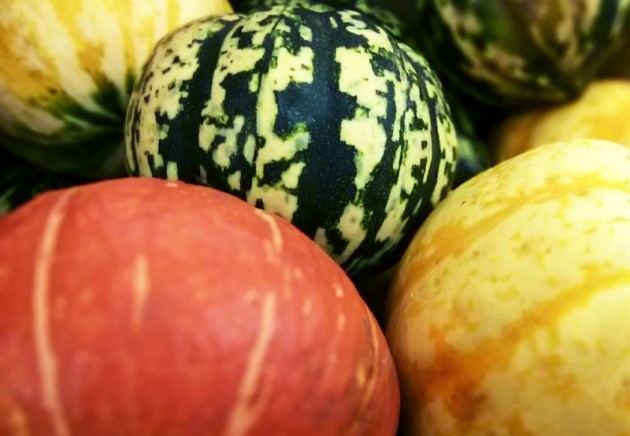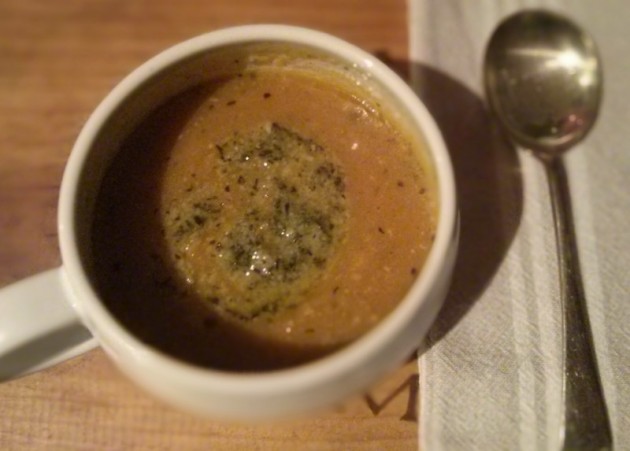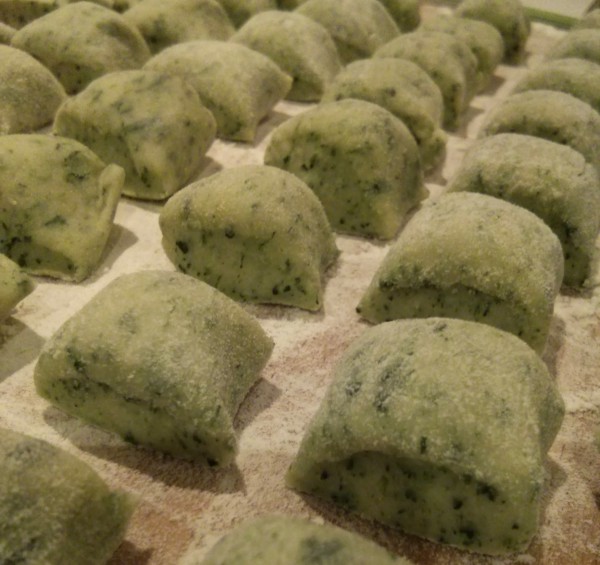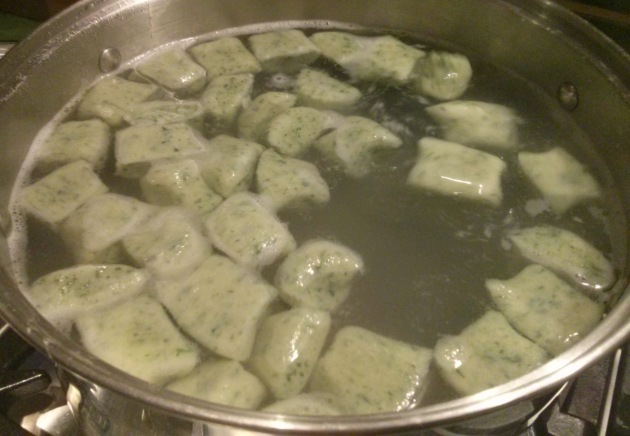A cousin of the Ligurian focaccia, which is also known as fugassa over there, fougasse is a provençal loaf easily recognised by the slashes cut through it prior to baking. Back in August, after a mooch round the beautiful Cours Saleya food and flower market in Vieux Nice, we went in search of a bakery I had heard good things about whose name called out to me – La Fougasserie. Heading off down the rue de la Poissonnerie, a narrow, old town alley just off the market square, we found bread heaven at No. 5. It was approaching lunchtime as we arrived and the olive fougasse which I had really set my heart on had sold out, but no matter. There were still ample stocks of plain fougasse with a tempting range of other breads and sweet treats. And don’t get me started on the pan bagnat! Business, unsurprisingly, was brisk at La Fougasserie.
As much as we enjoyed the plain fougasse, and we did hugely, the craving for olive fougasse just wouldn’t subside so back home in the UK I had a go myself. What I love most about fougasse is that it’s common to add all sorts of delicious, chopped-up extras to the dough. Olives and herbs are perhaps seen most widely, but sundried tomatoes, ham and cheese work well too. In my recipe, I’ve grated a little gruyère cheese and folded it into the dough with the olives, and this seems to make for another of those ‘don’t blink or it’ll all be gone’ snacks that won’t hang around for long in my house. With that in mind, you’ll be relieved to know that this bread is great for part-baking, freezing and bringing out another day for the final bake. All the details are below.
Olive and Gruyère Fougasse
Makes two loaves
A note on flour types: You can use strong white bread flour although experiments using 00 pasta flour have been pretty successful too. To make a more rustic loaf I have mixed stoneground spelt flour with white bread flour (half and half) for a slightly heavier texture.
500g flour of your choice
12g dried yeast
5g salt
50ml extra virgin olive oil
280ml warm water
100g gruyere cheese (or parmesan), grated
Two large handful of black olives, roughly chopped
In a bowl (or a food mixer with a dough hook) combine the flour, yeast, salt, olive oil and water. Knead the dough for ten minutes until it is smooth, elastic and non-sticky. If using a mixer, follow the machine’s instructions for making bread dough. Place the dough in an oiled bowl covered with a cloth and leave it in the kitchen for an hour to prove by which time it should have doubled in size.
Put the dough on a lightly floured surface or board and cut it in half. Roll each dough out to around 20cm by 15cm and sprinkle each one with half of the chopped black olives, but leave a few to decorate the top of the loaves. Press the olives into the dough. Fold a third of the dough over into the middle and then fold in the other third to cover it so that all the olives are contained within the dough. Roll out again to 20cm by 15cm and repeat the same procedure for the cheese, using all of it this time as none is required for decoration.
Roll each piece of dough out to approximately 30cm to 20cm but try to taper the top end of the loaves so that one end is thinner than the other in the typical fougasse style – see the photos below.
Slash the loaves down the middle and in smaller diagonal cuts fanning out from the centre – again see the photos below. You should cut right through the dough when making these incisions.
Stud the dough with the remaining chopped olives and place each loaf on a floured baking tray, cover with a cloth and leave to prove for a further 30 minutes. Turn the oven on to the maximum setting – 220°C.
Uncover the loaves, sprinkle them with flour and bake, one at a time, in the oven for 15 minutes or until lightly browned on the top. Reduce the baking time to 8 minutes if you plan to freeze the loaves, allow them to cool then place in the freezer in plastic freezer bags. Cook from frozen at 200°C for 10-12 minutes.
Enjoy! In our house, we love to cut slices of the bread and dip them in a bowl of extra virgin olive oil – provençal of course!











